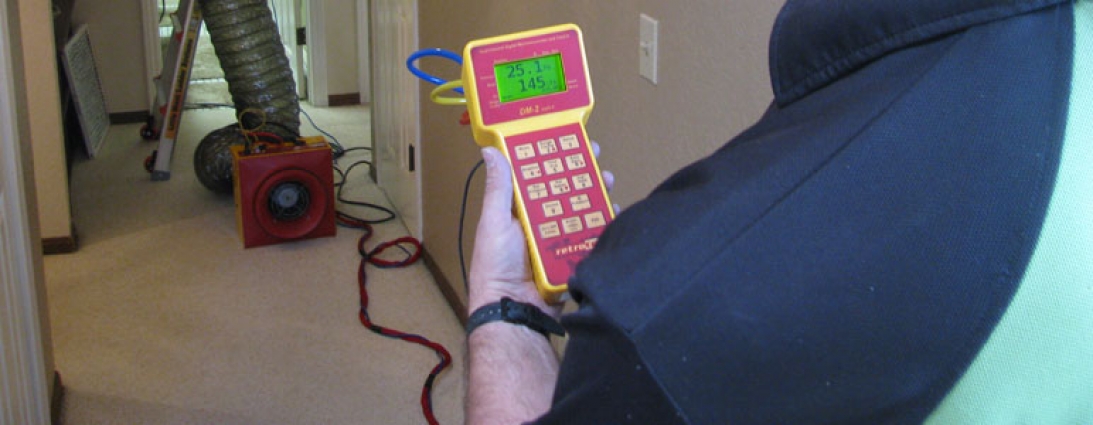

Demand for home energy raters in California increased in July 2014. That’s when the state implemented an updated version of its building energy efficiency standards, enforcing stricter requirements for third-party testing and verification of home energy performance.
Previously, HERS (Home Energy Rating System) raters were called out to test some furnace, air conditioner or duct installations, depending on climate zone and other factors. Under the new standards, a HERS rater is required to verify that the ducts leak no more than six percent of the conditioned air for every HVAC installation. Raters are also required to test refrigerant charges in newly installed or upgraded air conditioners.
That translates into more work for California's HERS raters.
“The new energy code will help consumers save money, use less energy and make their homes more comfortable,” said Eric Beriault, president of The Energuy, a home energy rating company. “We expect that the demand for HERS raters will increase dramatically in the short term and continue to build steadily after that.”
Training available
Individuals with basic construction experience can transition to a career as a HERS rater with as little as four days of training. The Center for Sustainable Energy (CSE) and CalCERTS offer HERS rater training several times a year in the Bay Area, Los Angeles and San Diego.
“The training helps students understand the state’s energy code and offers hands-on practice with diagnostic testing equipment and filling out compliance forms,” said Jeanne Fricot, CSE’s training manager and HERS rater.
After completing the training, students are prepared to take the written and field exams to become a HERS rater.
Continuing need for raters
According to Fricot, the demand for HERS raters is expected to continue to grow. The state’s building energy efficiency standards are updated approximately every three years, requiring homes and other buildings to be more energy efficient with each update.
The ultimate goal is to improve the energy performance of California’s HVAC systems, and by 2020, make all new homes zero net energy — meaning they use a combination of energy efficiency and distributed renewable energy to meet 100 percent of their annual energy needs.
